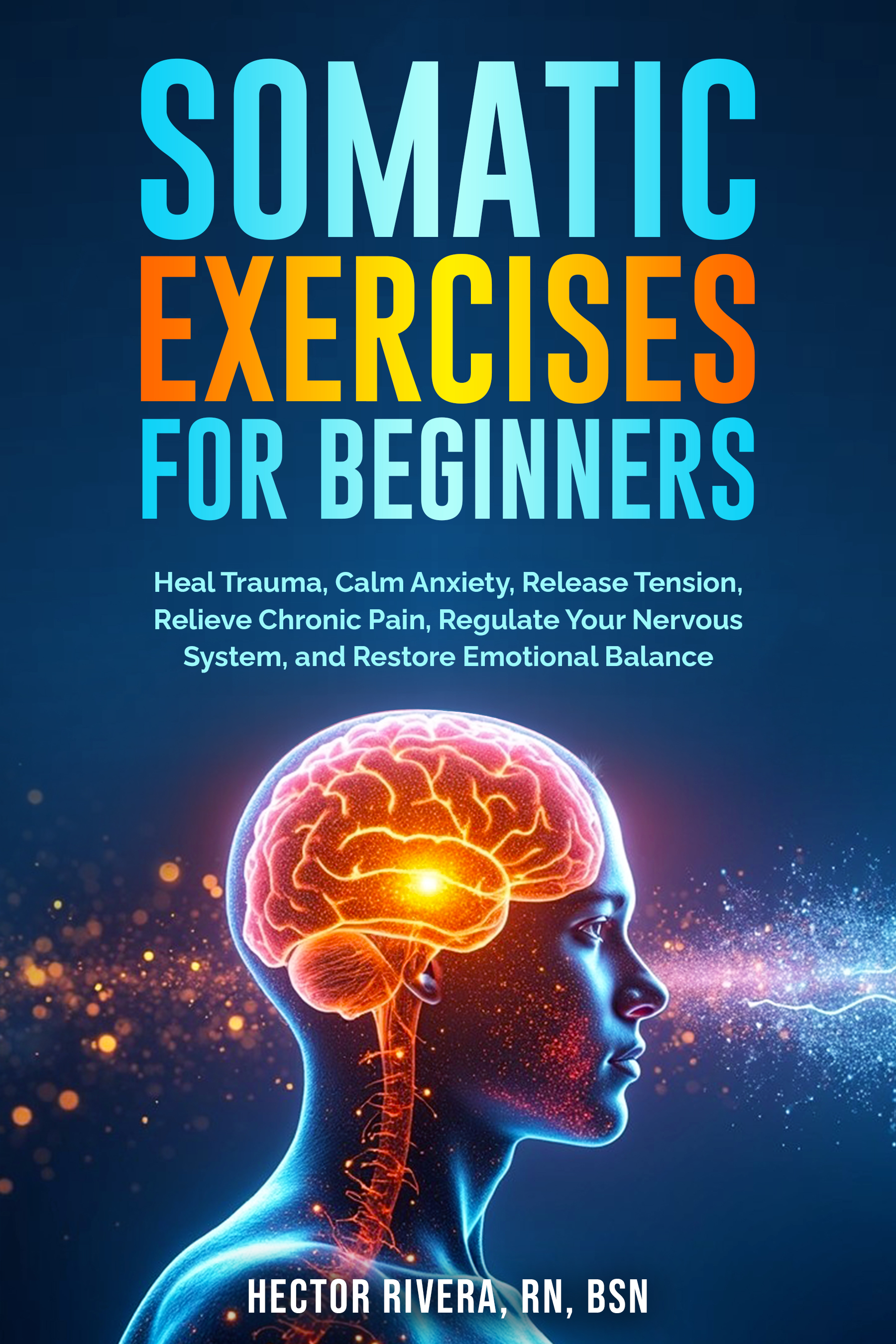Somatic Symptom Disorder Types

Somatic Symptom Disorder Types and How They Show Up in Daily Life
Somatic Symptom Disorder Types describe the different ways people experience distressing physical symptoms that don’t have a clear medical explanation. These conditions aren’t “all in the head.” They’re real, often painful, and can significantly impact everyday life. Understanding the types can make it easier to recognize what’s happening and know when to seek support.
Somatic Symptom Disorder
This type involves ongoing physical symptoms—such as pain, fatigue, or stomach distress—that feel overwhelming and lead to persistent worry. The focus isn’t just on the symptom itself, but also on the level of distress it causes. For example, someone might experience regular headaches. Even if a doctor reassures them that nothing serious is wrong, the anxiety and preoccupation with the headaches remain. Over time, this constant worry can disrupt work, relationships, and sleep.
Illness Anxiety Disorder
In Illness Anxiety Disorder, the primary issue isn’t the symptom itself but the fear behind it. A mild sensation—like a racing heart after climbing stairs—can trigger the thought of having a serious illness. Even when medical exams show no disease, the fear doesn’t settle. This condition isn’t about dramatizing or pretending. It’s about living with heightened sensitivity to body signals and the anxiety that follows. Daily life often becomes filled with checking, researching, and seeking reassurance, which can take a heavy emotional toll.
Conversion Disorder (Functional Neurological Symptom Disorder)
This type appears when neurological symptoms—like sudden weakness, tremors, or difficulty speaking—emerge without a clear neurological condition to explain them. These symptoms are very real, even if scans or tests come back normal. Stress, trauma, or overwhelming emotional strain can sometimes play a role in triggering them. For the person experiencing these symptoms, it can be frightening and confusing. They often feel caught between doctors telling them nothing is wrong and a body that feels anything but delicate.
Factitious Disorder
This type is different from the others. Factitious disorder happens when someone intentionally creates or exaggerates symptoms, not to gain money or outside benefits, but to take on the role of being ill. While it may sound manipulative at first glance, this condition often stems from deeper emotional struggles and the need for care or attention. It’s complex, and it requires both compassionate understanding and medical evaluation.

How Somatic Symptom Disorder Types Affect Life
These conditions don’t just affect the body—they also impact emotions, routines, and relationships. Work may become harder when fatigue or pain dominates the day. Relationships may feel strained when others can’t see or fully understand what’s happening. Over time, the cycle of worry, physical symptoms, and distress can feel like it runs every part of life. Yet with proper support—therapy, mind-body practices, and medical partnership—many people find ways to manage symptoms and regain stability.
Everyday Examples of the Types
Think of a person who avoids exercise because they fear a harmless ache means heart trouble. Or someone who develops sudden leg weakness after a stressful event. Or another who spends hours each week researching stomach pain despite normal test results. These aren’t exaggerations. They’re real-life examples of how the types show up. Recognizing them for what they are can shift the focus from fear to management.
Treatment Approaches
While each type looks different, there are overlapping approaches that can help. Therapists commonly use cognitive behavioral therapy (CBT) to help individuals shift their interpretation and response to bodily signals. Instead of spiraling into fear, CBT helps create awareness and coping tools. Mind-body practices, such as mindfulness, gentle movement, and relaxation, can help calm the nervous system. Medical support remains essential, not to dismiss symptoms, but to partner in care. Over time, these strategies can reduce the intensity of symptoms and the distress they cause.
Living with Somatic Symptom Disorder Types
Living with these conditions can be frustrating, isolating, and exhausting. Yet naming what’s happening—whether it’s somatic symptom disorder, illness anxiety disorder, conversion disorder, or factitious disorder—can bring relief. It validates the experience and opens the door to treatment that addresses both body and mind. These conditions don’t define a person’s worth. With the proper support, life can become steadier, less consumed by fear, and more open to calm.
Somatic Symptom Disorder Types show how complex the relationship between body and mind can be. They remind us that even when medical tests don’t explain everything, the experience is real. By learning about these types, we can reduce stigma, improve understanding, and create more supportive ways to respond.
Sources
- American Psychiatric Association. Diagnostic and Statistical Manual of Mental Disorders, 5th Edition (DSM-5).
- Mayo Clinic — Somatic Symptom Disorder overview.
- National Institute of Mental Health — Illness Anxiety Disorder and related conditions.
- Stone, J., et al. (2020). Functional neurological disorder: an update. Journal of Neurology, Neurosurgery & Psychiatry.
Medical Disclaimer: The information on this website is for educational purposes only and is not a substitute for professional medical advice, diagnosis, or treatment. Always consult a qualified healthcare provider with any questions you may have about your health or a medical condition. Never ignore professional medical advice or delay seeking it because of something you have read here.

